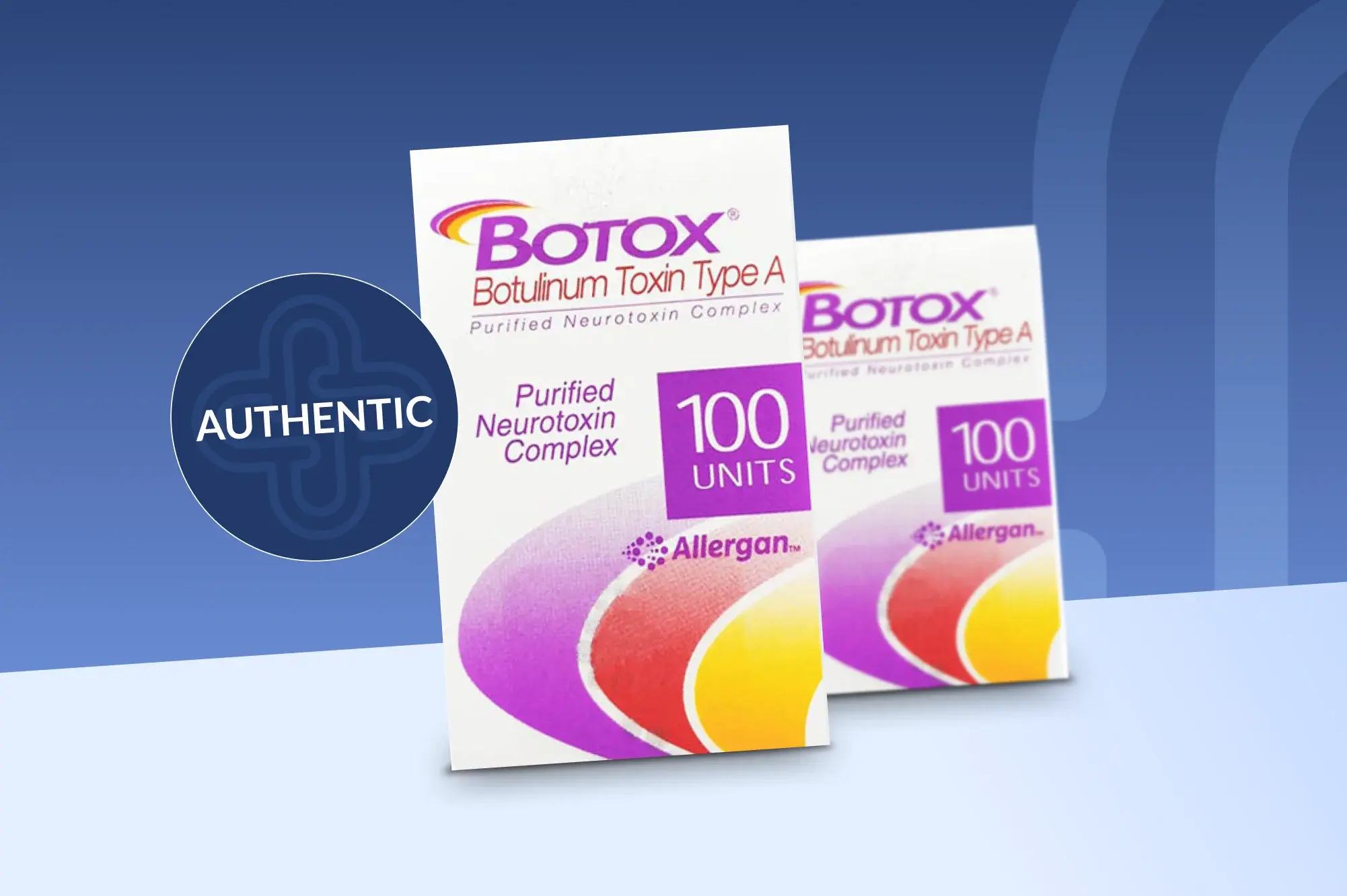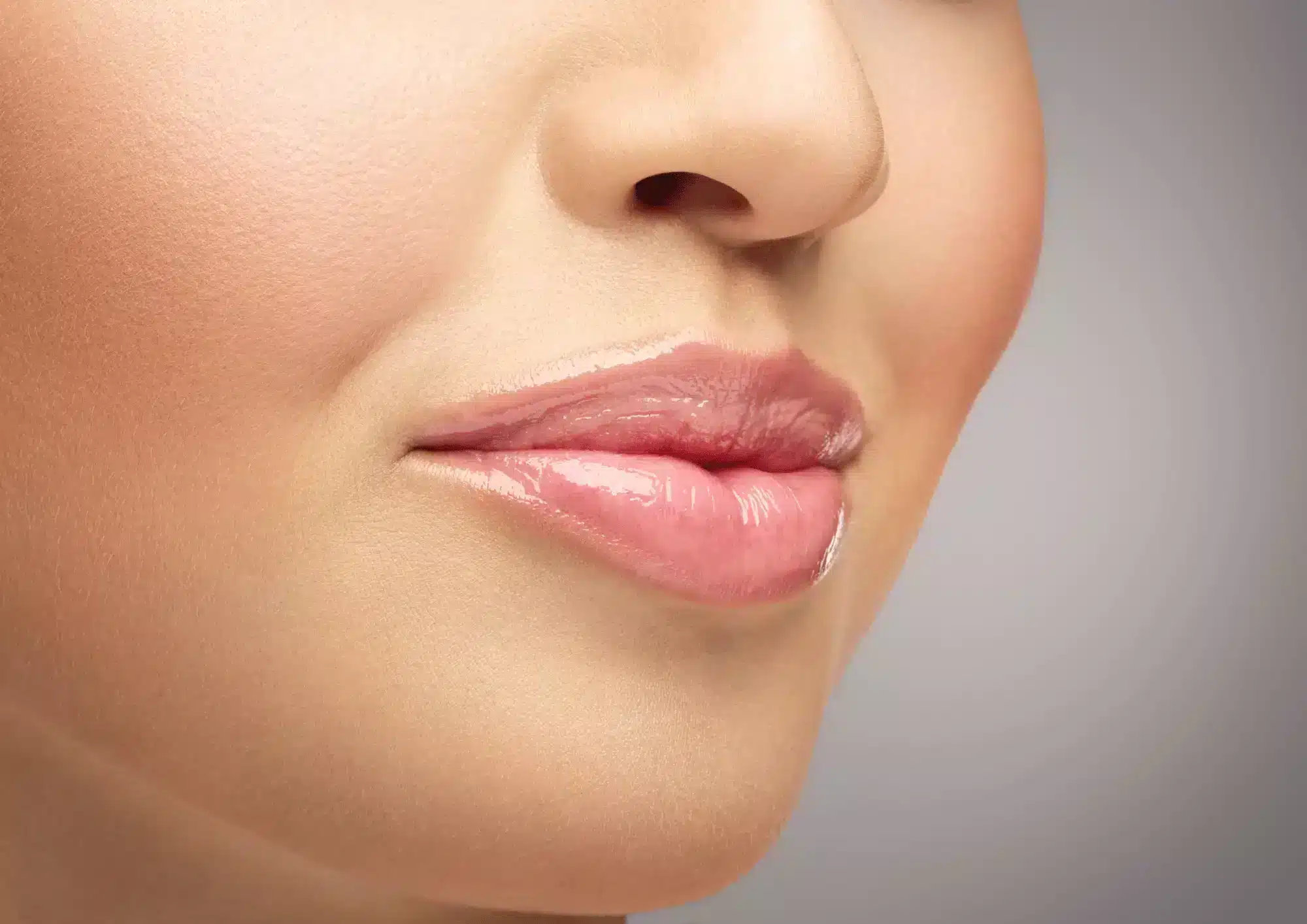Hyaluronic acid is a natural sugar found within your body. Hyaluronic acid can be found in your bodily tissues and fluids, including your skin, skeletal tissue, heart valves, lungs, and aorta.
Within the body, hyaluronic acid hydrates your skin, lubricates your joints and muscles, helps repair the tissues, and helps make your blood vessels.
What is hyaluronic acid used for?
Hyaluronic acid is used in a number of medical and aesthetic applications.
• Dermal fillers
Hyaluronic acid is used as a dermal filler in cosmetic procedures. It is used to treat a number of conditions, including acne scars, lipoatrophy, crow’s feet, nasolabial folds, frown lines, scars, smoker’s lines, and worry lines.
• The treatment of osteoarthritis
Hyaluronic acid, the orthopedic injections include, lubricates the joints and reduces pain and other symptoms caused by osteoarthritis.
• Skincare
Hyaluronic acid-based skincare products helps to keep the skin hydrated.
• The treatment of cataracts in the field of ophthalmology
Hyaluronic acid protects the corneal endothelium (the layer of cells on the inner surface of the front of your eyes) during cataract surgery.
Skin Benefits of Hyaluronic Acid
Youthful skin is wrinkle-free and elastic as it contains large amounts of hyaluronic acid. As you get older, you produce less hyaluronic acid, and your skin begins to display signs of aging as a result. Hyaluronic acid can reduce wrinkles and fine lines due to its moisture-enhancing properties. Hyaluronic acid can also support other essential components in the skin, helping to improve the overall texture and tone. As well, due to its hydrating properties, it also keeps the skin well-moisturized.
How old do I need to be to use hyaluronic acid?
Once you turn 30, your body produces less collagen and hyaluronic acid, which are both important for maintaining a youthful appearance. As a result, it is recommended to use skincare products containing hyaluronic acid in your 30s, as it not only boosts your skin’s concentration of hyaluronic acid, but collagen as well. However, you can start using hyaluronic acid as early as in your 20s. Skincare products and dermal fillers can help prevent age-related concerns, such as dry skin, uneven skin tone, and wrinkles.
Where is hyaluronic acid sourced from?
There are 2 sources of hyaluronic acid. These are:
• Animal Sources: Hyaluronic acid from animal sources usually comes from rooster combs or the aqueous humor of cow eyes. This form of hyaluronic acid is mainly used in orthopedic injectables. That being said, it is not a suitable form of treatment for those who may be allergic to the source of the HA.
• Bacterial Sources: This synthetic version of hyaluronic acid closely mimics naturally produced HA. Often, dermal fillers contain hyaluronic acid sourced from the fermentation of bacteria as it can be better tolerated. It is rare for this source of HA to induce allergic or hypersensitive reactions. As well, products with HA from non-animal sources do not need a skin test.
Conclusion
Hyaluronic acid is a natural substance found in the body and is particularly important in maintaining a youthful appearance. As you age, your skin’s natural production of hyaluronic acid declines, resulting in wrinkles and various other concerns.
You can start using hyaluronic acid-based skincare products as early as in your 20s. Hyaluronic acid creams can help keep the skin hydrated, which can prevent the formation of some age-related concerns. Dermal fillers can also be used to keep the skin hydrated. Cosmetic injectable treatments can help increase volume under the skin, which plumps up the skin, and reduces the appearance of lines and wrinkles.
If you are interested in using hyaluronic acid, speak to a dermatologist or another medical professional about the most effective options for you.








